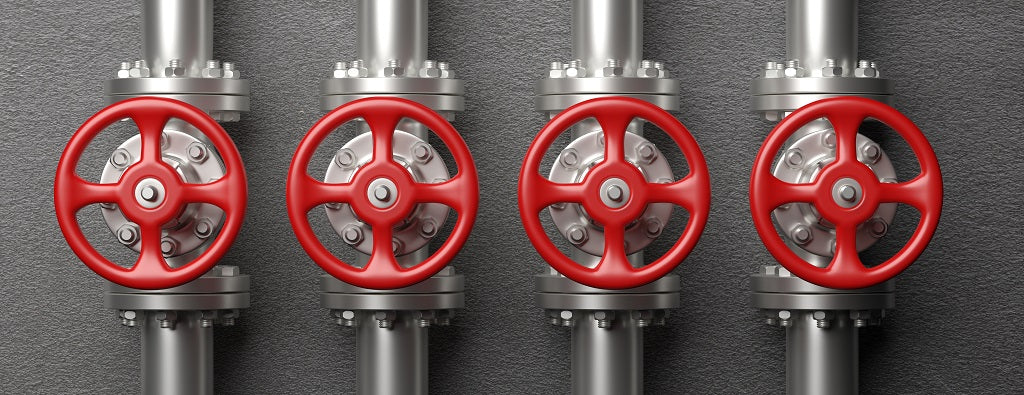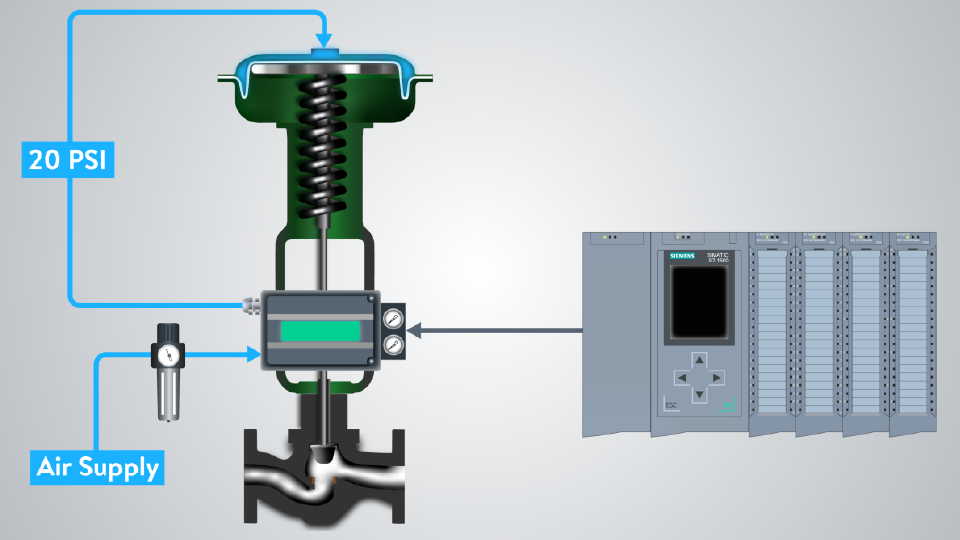Selecting the Right Control Valves: A Guide to Ideal System Efficiency
Selecting the Right Control Valves: A Guide to Ideal System Efficiency
Blog Article

Maximize Power Savings and Convenience With Advanced Structure Automation Controls
In the realm of modern style and facility management, the integration of sophisticated structure automation controls stands as a pivotal development. The merging of technology and sustainability has actually birthed a brand-new era where power performance, convenience optimization, and operational streamlining are no longer distant aspirations however possible truths. By utilizing the power of automation, buildings can adapt, respond, and develop in ways that were once inconceivable. The capacity for significant energy cost savings and improved convenience is not simply a promise but an opportunity waiting to be satisfied. This standard change in structure administration holds the vital to unlocking a globe where ecological conscientiousness and passenger wellness harmoniously exist side-by-side within the wall surfaces of our structures.
Power Performance Advantages
Power efficiency benefits can significantly minimize energy intake and functional costs in structures. By executing energy-efficient techniques and technologies, structure proprietors and operators can attain considerable savings while also adding to ecological sustainability. Among the key advantages of boosting energy efficiency in buildings is the decrease of utility costs. Energy-efficient systems, such as advanced building automation controls, can maximize the usage of sources like lights, air conditioning, and home heating, causing lower power costs in time.
In addition, improved energy efficiency can prolong the life-span of structure equipment and systems. By running a lot more effectively, a/c systems, light, and various other structure components experience less damage, leading to lowered maintenance and replacement costs. Additionally, energy-efficient buildings usually regulate higher residential or commercial property values and rental prices, giving long-term financial benefits to owners.
Moreover, energy efficiency can enhance owner convenience and productivity. Correctly managed interior settings with optimum lighting and thermal conditions produce an even more enjoyable and helpful work space, causing enhanced employee satisfaction and performance. On the whole, the power effectiveness advantages connected with innovative building automation controls are multifaceted, encompassing cost savings, environmental stewardship, and owner wellness.
Boosted Comfort Control
Enhancing convenience control in structure settings calls for an innovative combination of advanced automation systems for ideal passenger health. By using sophisticated building automation controls, facilities can tailor the indoor environment to satisfy the certain demands and choices of occupants. control valves.
By including these advanced controls, buildings can not only improve comfort yet also enhance energy performance by optimizing system procedures based on actual tenancy and use patterns. Ultimately, prioritizing owner convenience through sophisticated automation systems leads to a more satisfying and much healthier indoor setting.
Functional Performance Improvements

Additionally, the execution of real-time tracking and analytics tools enables structure drivers to identify power inadequacies and operational anomalies quickly. Extra resources By continuously keeping track of energy usage patterns and system efficiency metrics, changes can be made in real-time to optimize power consumption and ensure peak functional effectiveness. control valves. Additionally, integrating need feedback methods into structure automation controls can even more boost functional performance by dynamically changing energy usage based upon grid problems and prices signals
Indoor Environment Optimization
Effective interior environment optimization is a fundamental facet of structure automation controls, making sure owners' convenience and well-being while making the most of power cost savings. By making use of advanced sensors and controls, building automation systems can constantly keep an eye on and adjust temperature, humidity levels, air top quality, and ventilation to develop an optimal interior environment. Preserving comfortable and constant conditions not only improves owner fulfillment but also enhances performance and overall health.
Interior environment optimization additionally plays a crucial duty in power performance. By fine-tuning cooling, ventilation, and heating systems based on real-time information and tenancy patterns, building automation controls can considerably lower energy consumption - control valves. For example, carrying out methods such as demand-controlled ventilation and thermal zoning can aid reduce energy waste while guaranteeing that each location of the building gets the required conditioning.

Sustainable Atmosphere Creation
Structure automation regulates not just enhance indoor environment conditions for power efficiency and owner comfort however additionally lay the structure for creating a lasting setting via strategic monitoring of systems and sources. By integrating advanced building automation technologies, such as sensors, actuators, and smart software application, centers can change and keep an helpful hints eye on power usage in real-time to decrease waste and lower their carbon impact. These systems enable predictive maintenance, recognizing possible problems before they rise and optimizing tools performance to enhance durability and efficiency.
Furthermore, sustainable environment development prolongs past power management to include water conservation, waste decrease, and indoor air top quality improvement. Building automation controls can manage water usage, identify leakages, and guarantee proper garbage disposal methods, adding to general sustainability initiatives. Furthermore, by managing and keeping an eye on ventilation and purification systems, these technologies enhance passenger wellness and productivity while lowering power consumption connected with cooling and heating procedures.
Verdict
Finally, progressed building automation regulates deal substantial benefits in terms of energy cost savings, convenience control, operational effectiveness, interior climate optimization, and producing a sustainable setting. By applying these controls, buildings can accomplish ideal efficiency while lowering energy consumption and enhancing resident comfort. It appears that the usage of innovative automation technology is crucial in improving building efficiency and creating an extra sustainable future.
Energy effectiveness benefits can substantially minimize power consumption and operational expenses in buildings. Overall, the power performance benefits linked with advanced building automation controls are complex, encompassing price savings, environmental stewardship, and occupant well-being.
In addition, integrating need feedback approaches into building automation controls can additionally improve functional performance by dynamically changing energy use based on grid problems and rates signals.
Structure automation controls not only maximize indoor environment conditions for energy effectiveness and passenger comfort however likewise lay the structure for producing a lasting environment with calculated monitoring of sources and systems.In final thought, progressed building automation manages offer considerable benefits in terms of energy savings, comfort control, functional performance, try this interior climate optimization, and creating a sustainable atmosphere.
Report this page